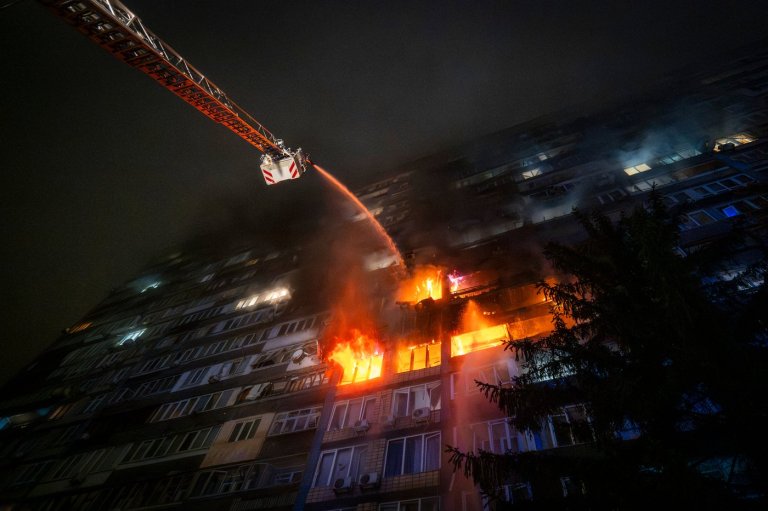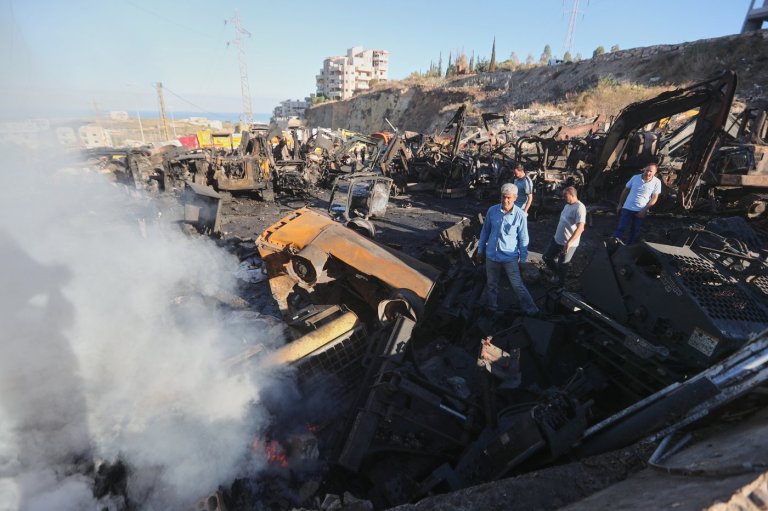A look at megafires as an Oregon wildfire approaches the 100,000-acre mark
A wildfire burning in a sparsely populated region of central Oregon has become the largest fire this year and is on the verge of surpassing 100,000 acres to become what’s officially known as a megafire.
Nearly 900 personnel have been battling the Cram Fire about 100 miles (160.93 kilometers) southeast of Portland, and they have it about 73% contained with more than 95,000 acres burned.
Here’s a look at what megafires are and their increasing frequency in the warming world.
What is a megafire?
A megafire is generally defined as a fire that burns at least 100,000 acres, said Craig Clements, a climate scientist and director of the Wildfire Interdisciplinary Research Center at San Jose State University. That translates to about 156 square miles (404 square kilometers), or about half the size of New York City, which has a land area of 300 square miles (778 square kilometers).
Not all researchers agree that megafire is a scientifically sound term, though Clements has used it, and with its usage by the media increasing, he believes it’s “here to stay,” similar to “heat dome” and other popular weather labels that aren’t formal scientific terms. References to 100,000 acres as megafires can also be found in some government reports and research in recent years.
Are megafires happening more often?
There were at least 14 wildfires that burned more than 100,000 acres in the U.S. in 2024, according to a report by the National Interagency Coordination Center. A 2022 Interior Department report found that the number of megafires, which it defined as more than 100,000 acres, had increased in the preceding decade.
The link between wildfires and climate change
Wildfires naturally occur in healthy ecosystems, but extreme wildfires can slow the regrowth of native plants and trees and create favorable conditions for invasive species. The threat is growing as climate change can make wildfires more frequent and severe, according to the U.S. Department of Agriculture.
Wildfire seasons are also influenced by lightning, land management practices and human-caused fires. Fires started by humans account for 70-90% of wildfires depending on the state and year, according to the USDA. This includes fires started by fireworks or discarded cigarettes.
Rising temperatures and longer droughts have dried out plants and leaves, driving wildfires in the western U.S. over the past 20 years, according to the National Oceanic and Atmospheric Administration. “Fires are getting bigger and this has been linked to drying of fuels from a warming climate,” Clements said.
“As we are seeing play out so far this year in California, day-to-day weather plays the largest role in fire behavior,” said Clements. This includes weather conditions like low humidity and strong winds.
When and how did the Cram Fire start?
Firefighters responded to a fire burning on private land along U.S. Route 97 in the Willowdale area on July 13, according to Central Oregon Fire Information. It just over 2 square miles (6 square kilometers) at the time, and uncontained.
By the next day, it had grown so much that Gov. Tina Kotek invoked the Emergency Conflagration Act after county officials requested assistance, allowing the Oregon State Fire Marshal to mobilize resources to support local agencies. It was the sixth time this wildfire season that the governor invoked the act.
The cause is under investigation.
What kind of damage has it caused?
The fire has destroyed two homes and 14 outbuildings such as barns, pump houses, workshops or sheds, officials said. The threat to structures was significantly reduced when containment reached 73%, officials said Monday. Some evacuations remained in effect Monday, but some zones have been downgraded.
____
O’Malley reported from Philadelphia and Brumfield reported from Cockeysville, Maryland.
____
The Associated Press’ climate and environmental coverage receives financial support from multiple private foundations. AP is solely responsible for all content. Find AP’s standards for working with philanthropies, a list of supporters and funded coverage areas at AP.org.
Join the Conversation!
Want to share your thoughts, add context, or connect with others in your community?
You must be logged in to post a comment.


















